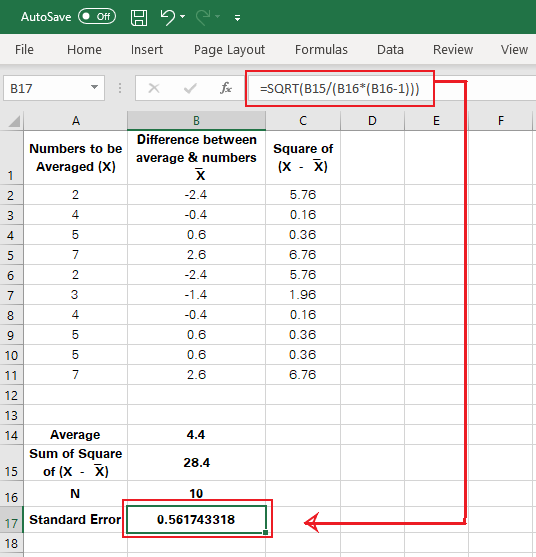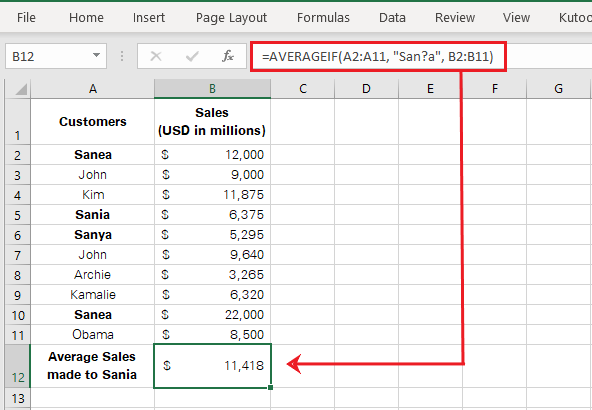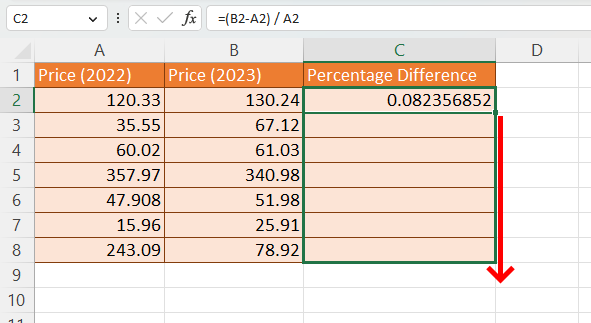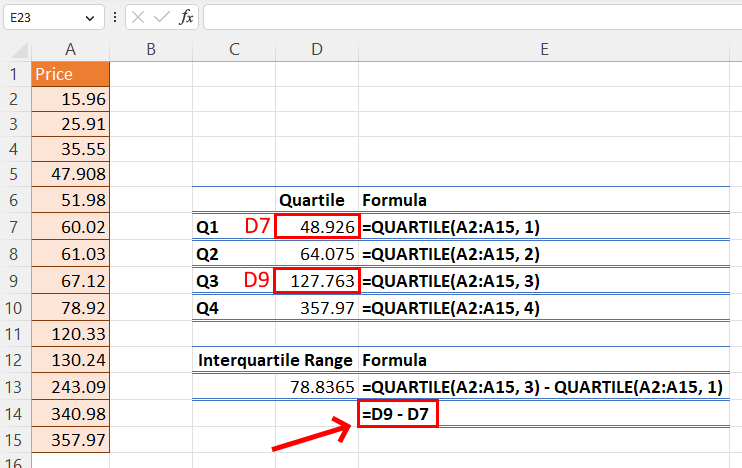How to Combine First and Last Name in Excel
Excel has many useful functions and tools that enable us to perform text manipulation. That’s why, when you have first and last names in separate columns in a spreadsheet, it’s extremely easy to combine them … Read more










